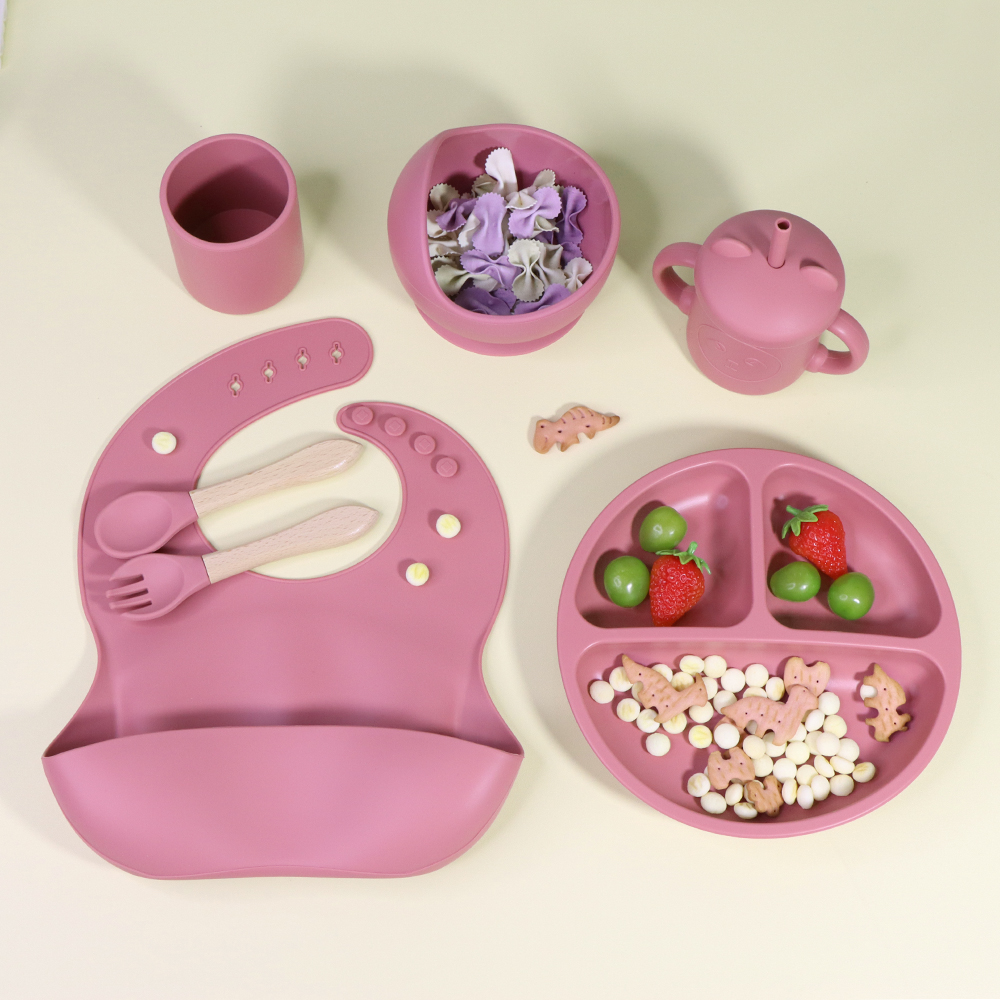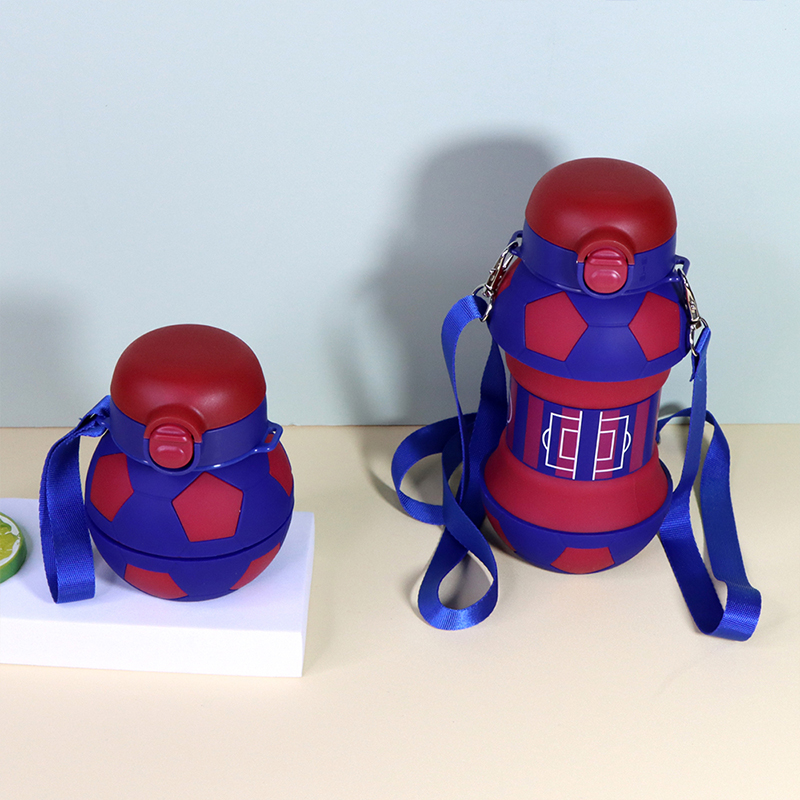内容
シリコン製ヘアブラシ・マッサージャーの利点
頭皮と髪にやさしい
シリコンヘアブラシマッサージャーの主な利点の一つは、その優しさです。硬いプラスチックや金属で作られた従来のブラシとは異なり、シリコンの毛は柔らかく柔軟性があるため、頭皮への刺激や髪へのダメージを軽減します。そのため、頭皮が敏感な方や、より繊細なブラッシングを体験したい方に最適です。
血行と髪の成長を促進する
シリコンの毛先が頭皮の血流を促進し、髪の成長を促し、頭皮全体の健康を改善します。シリコンヘアブラシマッサージャーを定期的に使用することで、より強く健康的な髪と生き生きとした頭皮を手に入れることができます。
![]()
![]()
静電気ともつれを軽減
シリコーンはその帯電防止特性で知られている。 シリコンヘアブラシマッサージャー 特に髪の静電気を抑えるのに効果的。髪のもつれや切れ毛を防ぎ、よりスムーズで扱いやすいヘアケアを実現する。
クリーニングとメンテナンスが簡単
ヘアケアツールは衛生的であることが重要です。シリコンヘアブラシマッサージャーは、表面が滑らかで多孔質でないため、お手入れが簡単です。水またはマイルドな石鹸で洗い流すだけで、衛生的で次の使用に備えることができます。
カスタムシリコンヘアブラシ:お客様のニーズに合わせる
卸売業者にとっては、以下の選択肢がある。 カスタマイズ シリコーンヘアブラシマッサージャーは大きな利点です。カスタムデザイン、カラー、ブランディングは、競合他社との差別化を図り、顧客の特定のニーズを満たすことができます。プライベートブランド製品を作りたい場合でも、ユニークなデザインを提供したい場合でも、カスタムシリコンヘアブラシマッサージャーはあなたのビジネス戦略に合わせて調整することができます。 ![]()
![]()
正しいシリコンヘアブラシ・マッサージャーの選び方
あなたの卸売ビジネスのためのシリコーンヘアブラシマッサージャーを選択するときは、考慮すべきいくつかの要因があります:
素材品質
使用するシリコーンが高品質で食品グレードであることを確認してください。これにより、安全性と耐久性が保証され、顧客にとってより魅力的な製品になります。
デザインと機能性
人間工学に基づいた、使い心地の良いデザインを探しましょう。毛の間隔が均等で、不快感を与えることなく効果的なマッサージができる適切な長さであること。
ブランドの評判
品質と信頼性に定評のあるサプライヤーを選びましょう。他の卸売業者のレビューや体験談を読むことで、製品の性能や耐久性についての貴重な洞察を得ることができます。
価格と一括割引
卸売業者としては、競争力のある価格設定と一括割引を提供してくれるサプライヤーを見つけたいものです。そうすることで、健全な利益率を維持しながら、費用対効果の高いソリューションを顧客に提供することができます。
シリコン製ヘアブラシマッサージャーと従来のマッサージ法を比較する
効果
従来の頭皮マッサージは効果が高い反面、時間と手間がかかることが多かった。シリコンヘアブラシマッサージャーは、便利で効率的な代替手段を提供し、ユーザーはより少ない労力で同様の効果を得ることができます。柔らかな毛先が一貫したマッサージを提供し、頭皮全体が均等に処理されることを保証します。
利便性
従来のマッサージ方法では、オイルやローションを使用することがあり、面倒で時間がかかることがありました。一方、シリコンヘアブラシマッサージャーは使いやすく、追加ステップなしで毎日のヘアケアに取り入れることができます。
一貫性
頭皮ケアには一貫性が大切です。シリコンヘアブラシマッサージャーは、使用するたびに均一で優しいマッサージを提供します。
汎用性
頭皮ケアだけでなく、シリコーン・ヘアブラシ・マッサージ器は、ボディマッサージなど、他の目的にも使用できます。この多用途性が製品に付加価値を与え、より幅広い顧客にとって魅力的な製品となっている。
結論
シリコンヘアブラシマッサージャーは、優しさ、効果、利便性のユニークな組み合わせを提供し、ヘアケア業界のゲームチェンジャーです。卸売業者にとっては、製品ラインナップを拡大し、革新的なヘアケアソリューションに対する需要の高まりに応えるチャンスです。高品質でカスタマイズ可能なシリコーンヘアブラシマッサージャーを選択することで、市場で際立った、真の価値を提供する製品を顧客に提供することができます。



